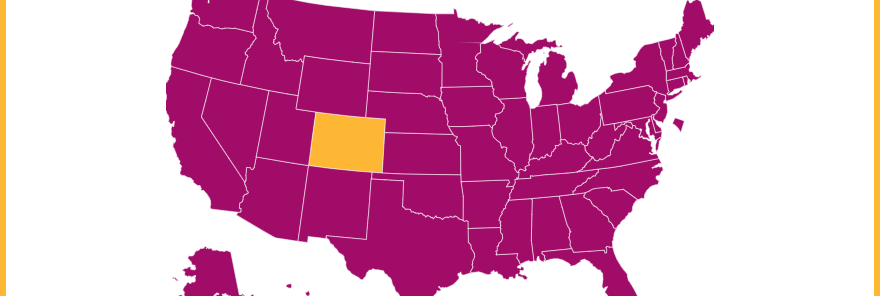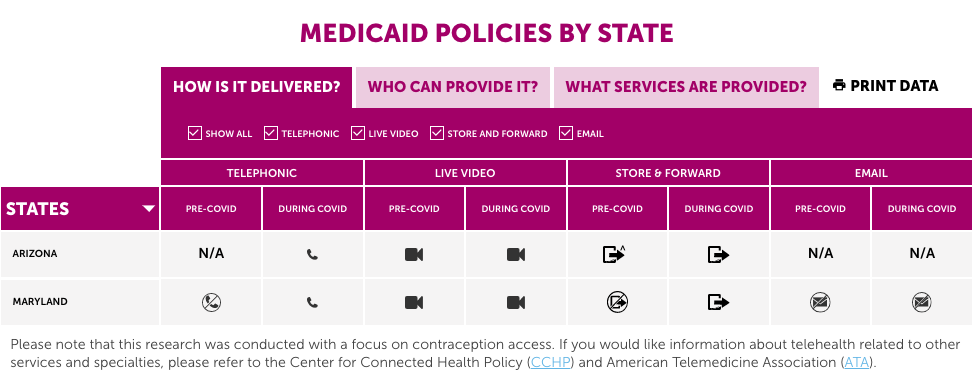
New Map-Based Content and Infographics Launched at PowerToDecide.org
The pandemic has altered the landscape for delivering many health services but it doesn’t mean that important services aren’t available. One major change in the delivery of health services is the expansion of telehealth as an accepted approach by both providers and patients. Power to Decide asked us to help design and produce an expanded section on their website that explains telehealth options for access to birth control. The online content can be filtered by state and is available to view by map or through a more detailed table. It also highlights any difference between services offered to Medicaid patients compared to women with private insurance. Important at-a-glance information for how contraceptive services are delivered, which health professionals can provide it, and what services are available are listed for all fifty states and Washington, DC. Because of the changes made to accommodate the pandemic, a comparison between Pre-COVID and During COVID services is included.

The detailed tables offer more specific information for each state. The well designed tables are highly visual and created to allow easy access on mobile phones, tablets, or computers with larger screens. Power to Decide is committed to delivering accurate, up-to-date, and accessible information to its audience of policymakers, researchers, and the general public.
Telehealth offers an important change in the delivery of contraceptives and other critical health services. Recent polling data has shown that only 21% of members in households with annual income below $50,000.00 have used telehealth services. 72% of the poll respondents with higher incomes say they are likely to use telehealth as an option compared with 18% of women with lower incomes. Pandemic related changes to health services can continue to expand the gap in healthcare access without more education and clear messaging targeting already underserved populations.